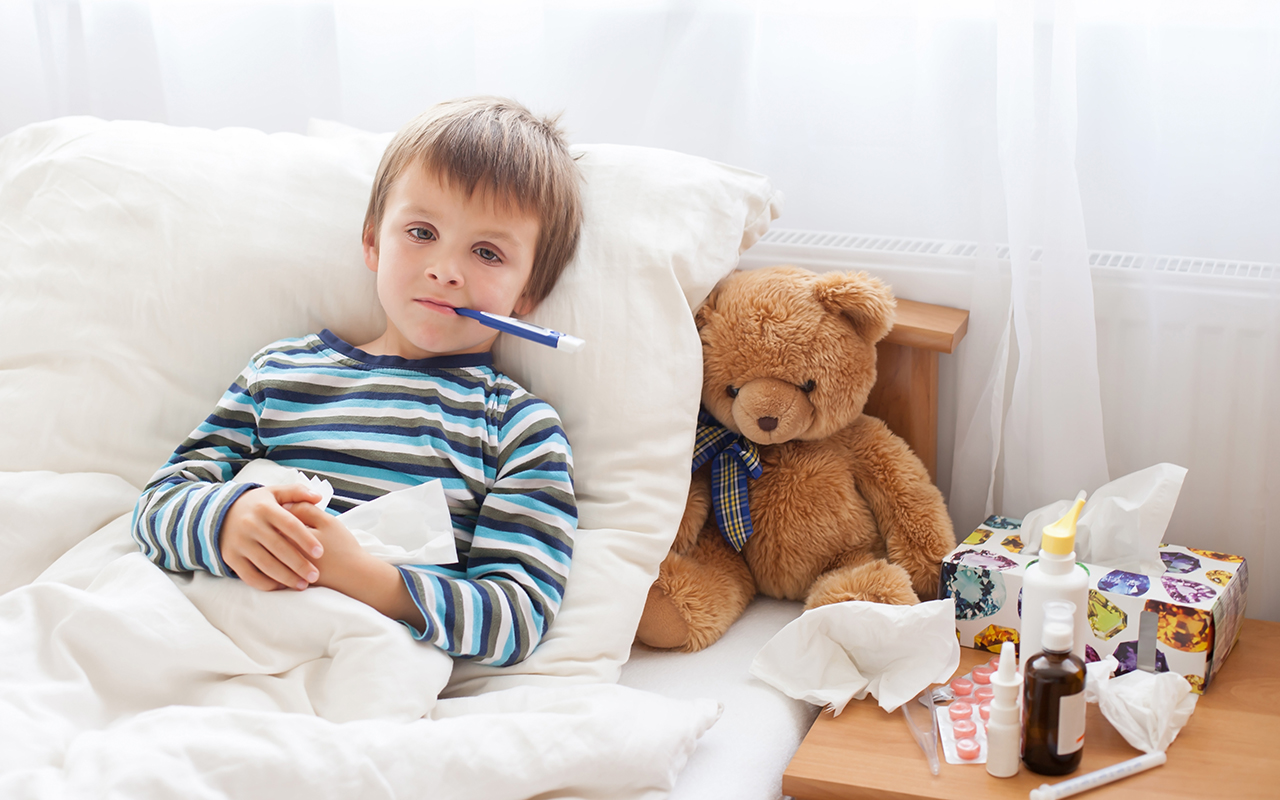INFLUENZA vaccine uptake in children has grown in response to increased awareness and progressive expansion of funding, but Australia needs to continue to improve and sustain high coverage, say experts.
Writing in the MJA, Dr Samantha Carlson, a Postdoctoral Research Officer with the Wesfarmers Centre of Vaccines and Infectious Diseases at the Telethon Kids Institute in Perth, and colleagues said:
“While a 43.9% uptake in children aged 6–59 months in 2020 in Australia represents an improvement from past low vaccination rates, Australia needs strategies to improve and sustain high coverage.
“Before the COVID-19 pandemic, influenza was responsible for a higher disease burden and overall health impact than any other vaccine-preventable disease in Australia.
“Historically, Australian influenza notification rates have been highest in children, particularly in those aged less than 2 years. The highest annual hospitalisation rates for influenza overall have been recorded in children aged less than 6 months (192 per 100 000 per year), followed by children aged 6–23 months (109 per 100 000 per year).
“Although paediatric hospitalisation rates are high, annual rates of influenza-associated deaths in children are low compared with adults: 0.20–0.39 per 100 000 children aged under 5 years compared with 0.65 per 100 000 in people aged 65–74 years and 3.66 per 100 000 in people aged 75 years or more,” wrote Carlson and colleagues from the National Centre for Immunisation Research and Surveillance, the University of Sydney, the University of Western Australia, Monash University and Alfred Health.
All Australians aged 6 months or more are recommended to receive annual influenza vaccination, with free influenza vaccines for the highest risk groups provided by the National Immunisation Program (NIP). In 2018, after a severe influenza season in 2017 with record numbers of children hospitalised, all Australian states and territories, except the Northern Territory, began funding influenza vaccination for all children aged 6–59 months, with the NT following in 2019.
The NIP expanded in 2019 to include Aboriginal and Torres Strait Islander peoples of all ages (closing the funding gap for those aged 5 to < 15 years), and in 2020, the influenza vaccine was added to the NIP for all children aged 6–59 months.
Strategies to boost uptake could include “personalised vaccination reminders, provision of greater access to influenza vaccination services, [and tools to] assist health care providers [to promote influenza vaccine]”, wrote Carlson and colleagues.
“Influenza vaccine uptake in young children in Australia has increased in response to the progressive expansion of funding and is now delivered under the NIP,” they concluded. “Further gains in uptake should ensure that protection against influenza disease in children is optimised during the ongoing COVID-19 pandemic and in years to come.”
Also online at the MJA
Perspective: Dust diseases in modern Australia: the new TSANZ position statement on respiratory surveillance
Yates et al; doi: 10.5694/mja2.51097 … FREE ACCESS for 1 week.
Podcast: Associate Professor Deborah Yates is a respiratory physician at St Vincent’s Hospital Sydney, and UNSW Sydney. She discusses dust diseases, to accompany her co-authored article … FREE ACCESS permanently.
Consensus statement summary: Developing clinical indicators for oncology: the inaugural cancer care indicator set for the Australian Council on Healthcare Standards
Segelov et al; doi: 10.5694/mja2.51087 … FREE ACCESS for 1 week.

 more_vert
more_vert
The obstacles to getting the jab are pretty obvious to a parent of young kids. I’ve been planning to get myself and my 3 kids vaccinated for weeks, but with after school sport and other commitments — like making dinner! — its hard to find the time. My toddler won’t sit still and I know that going to the GP will mean a 45 minute wait with him while he touches every surface in the waiting room. Now we’re all sick with colds and can’t get the jab until we’re better. I would love if they offered the vaccine at school — at least then my oldest two could get it done and I could just worry about getting myself and the toddler vaccinated. Or if the community health clinic near our house offered a quick in-and-out service to primary aged kids. The delivery model is all wrong.